1 History
1.1. Relays and Horses
1.2. From Oersted to Henry
1.3. Art Professor Samuel Morse
1.4. Edison Relay
1.5.The First Industrial Relays |
|
2 Magnetic
Systems of Electromagnetic Neutral Relays
|
|
2.1. Basic Components
of Electromagnetic Relays
2.2. Hysteresis and
Coercitive Force
2.3. Types of Magnetic
Systems
2.3.1 The Clapper-Type (Attracted-Armature)
Magnetic System
2.3.2. Systems with a Balanced
Armature
2.3.3. Direct Motion (Solenoid-type)
Systems and Their Peculiarities
2.4. Differences Between
AC and DC Relays
2.5. Some Auxiliary
Elements for Improving the Relay Operation
2.6. What Happens When
a Relay is Energized
2.7. Windings of Relays:
Types and Design Features |
3 Contact
Systems
3.1. Designs of Basic types of
Contacts
3.2. Silver, Gold, Platinum
3.3. Contacts with Two-Stage Commutation
3.4. What is the Purpose of
Contact Pressure
3.5. Self-cleaning Contacts
3.6. Self-Adjusting Contacts
3.7. When Power Does Not Equal
Multiplication by Current and Voltage
3.8. Split ... Make-Before-Break...
High-Frequency Contacts
3.9. Compensation for Shocks and
Electro-Dynamic Forces in Contacts
3.10. Sparking Contacts and Their
Control
3.11. High-Power Contact Systems
3.12. Mercury Displacement Relays |
|
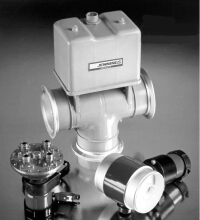 |
4 External
Design of Relays
4.1. Environmental Impact on Relays
4.2. Wood and Cardboard: First
Protection Shield for Relays
4.3. Is a Sealed Relay Always Better
Than Open One?
4.4. Outlets, Terminal Sockets
and Containers for Relays
4.5. Indicators of Operation and
Test Buttons
4.6. Relays Which Do Not Look Like
Relays at All |
5 Reed Switches
and Reed Switch Relays
5.1. Who invented the "Reed Switch"?
5.2. Coruscation of Ideas and Constructions
5.3. High Power Reed Switches
5.4. Membrane Reed Switches
5.5. Mercury Reed Switches
5.6. High-Voltage Reed Switches
5.7. Reed Switches with Liquid
Filling
5.8. Polarized and Memory Reed
Switches
5.9. Reed Switch Relays
5.10. Mercury Reed Switch Relays
5.11. Winding-Free Relays |
|
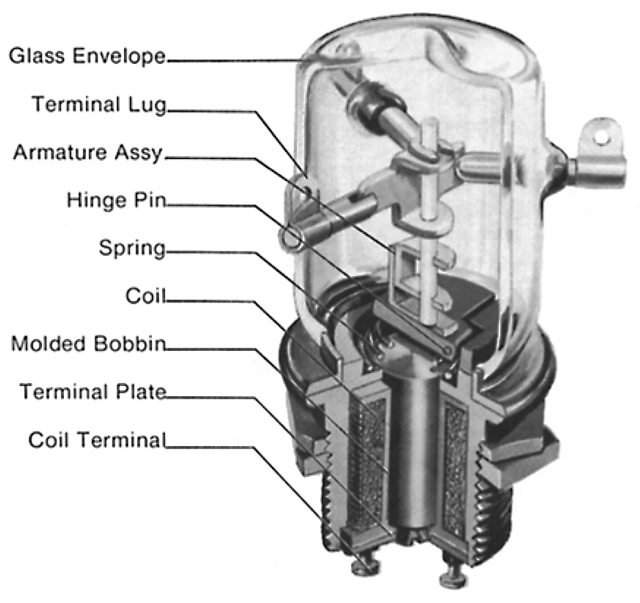 |
6 High-Voltage
Relays
6.1. What is a High-Voltage Relay?
6.2. Open Relays for High-Voltage
Switching
6.3. Vacuum and Gas-Filled High-Voltage
Low Power Relays
6.4. High Power Vacuum Relays and
Contactors
6.5. High-Voltage Reed Relays
6.6. High-Voltage Interface Relays |
7 Electronic
Relays
7.1.Was it Thomas A. Edison Who
Invented a Lamp?
7.2. Lee De Forest Radio Valve
7.3. How a Vacuum Tube Works
7.4. Relays with Vacuum Valves
7.5. Gas-Tubes with Relay Characteristics
7.6. Power Mercury Valves
7.7. Electron-Beam Switching Tubes
7.8. Semiconductor Relays
7.8.1. First Experiments and Early
Semiconductor Devices
7.8.2. Semiconducting Materials
and p-n-Junctions
7.8.3. Diode Switch of Electric
Circuits
7.8.4. Transistors
7.8.5. Bipolar... Unijunction...
Field
7.8.6. From Micromodules to Microchips
7.8.7. Transistor Devices with
Relay Characteristics
7.8.8. Thyristors
7.8.8.1. Control of Thyristors
on Direct Current
7.8.8.2. Control of Thyristors
on Alternating Current
7.8.8.3. Diac, Triac, Quadrac
7.9. Optoelectronic Relays
7.10. Super-Power Electronic Relays
7.11. Hybrid Relays |
|
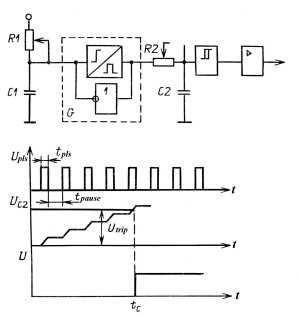 |
8 Time Relays
8.l. Electromagnetic Time-Delay
Relays
8.1. Capacitor Time-Delay Relays
8.3. Relays with Clockwork
8.4. Pneumatic and Hydraulic Time-Delay
Relays
8.5. Electronic Time-Delay Relays
8.6. Attachments to Standard Electromagnetic
Relays
8.7. Microprocessor Based Time-Delay
Relays
8.8. Accelerated (Forced) Relays |
9 Thermal Relays
9.1. Relays Based on a Bimetallic
Thermal Element
9.2. Protective Thermal Relays
9.3. Automatic Circuit Breakers
with Thermal Elements
9.4. Dilatometer Relays
9.5. Manometric Thermal Relays
9.6. Mercury Thermal Relays
9.7. Thermal Relays with
Reed Switches
9.8. Semiconductor Thermal
Elements and Thermal Relays |
 |
10 Current and
Voltage Protection Relays
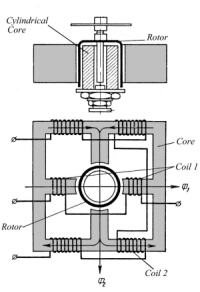 |
10.1. What are Protective Relays
10.2. Current and Voltage Transformers
10.3. Instantaneous Current and
Voltage Relays
10.3.1. Protective Relays of the
Electromagnetic Type
10.3.2. Electronic Current and
Voltage Relays
10.3.3. Reed Switch Current Relays
10.4. Current
Relays with an Independent Time-Delays
10.4.1. Relays with Integrated
Clockwork
10.4.2. Current Relays with Electronic
Time-Delay Components
10.4.3. Electronic Current Relays
with Independent Time-Delay
10.5. Current
Relays with Dependent Time-Delay
10.5.1. Relays with Liquid Time-Delay
Elements
10.5.2. Induction Relays: Design
and Characteristics
10.5.3. Electronic Current Relays
with Dependent Characteristics
10.6. Harmonic
and Voltage Restraint Relays |
11 Power and
Power-Directional Relays
11.1. Induction-Type Relays
11.2. Characteristics of Power
Direction Relays
11.3. Electro-Dynamic-Type Relays
11.4. Electronic Analogues of Power
Direction Relays |
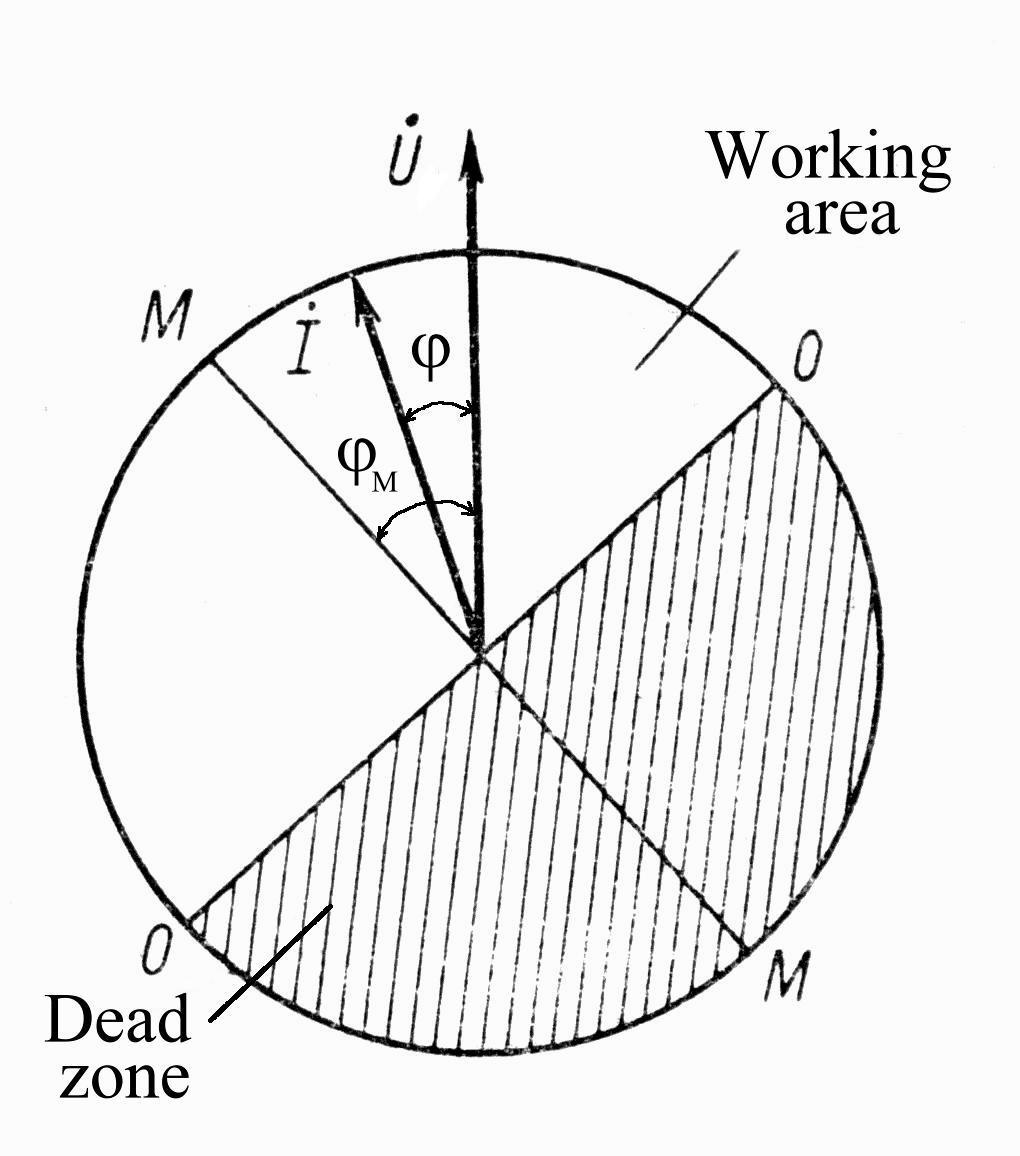 |
 |
12 Differential
Relays
12.1. Principles of Differential
Protection
12.2. High-Impedance Differential
Relays
12.3. Biased Differential Relays
12.4. Electromagnetic Percentage
Differential Relays
12.5. Induction-Type Differential
Relays
12.6 Harmonic Restraint Differential
Relays
12.7. Pilot-Wire Differential Relays |
13 Distance Relays
13.1. Principles and Basic Characteristics
of Distance Protection
13.2. System Swing
13.3. Principles of Distance Relays
Construction
13.4. Why do Distance Relays Need
Memory?
13.5. Distance Relays with Higher
Performance
13.6. Electronic Analogues of Impedance
Relays |
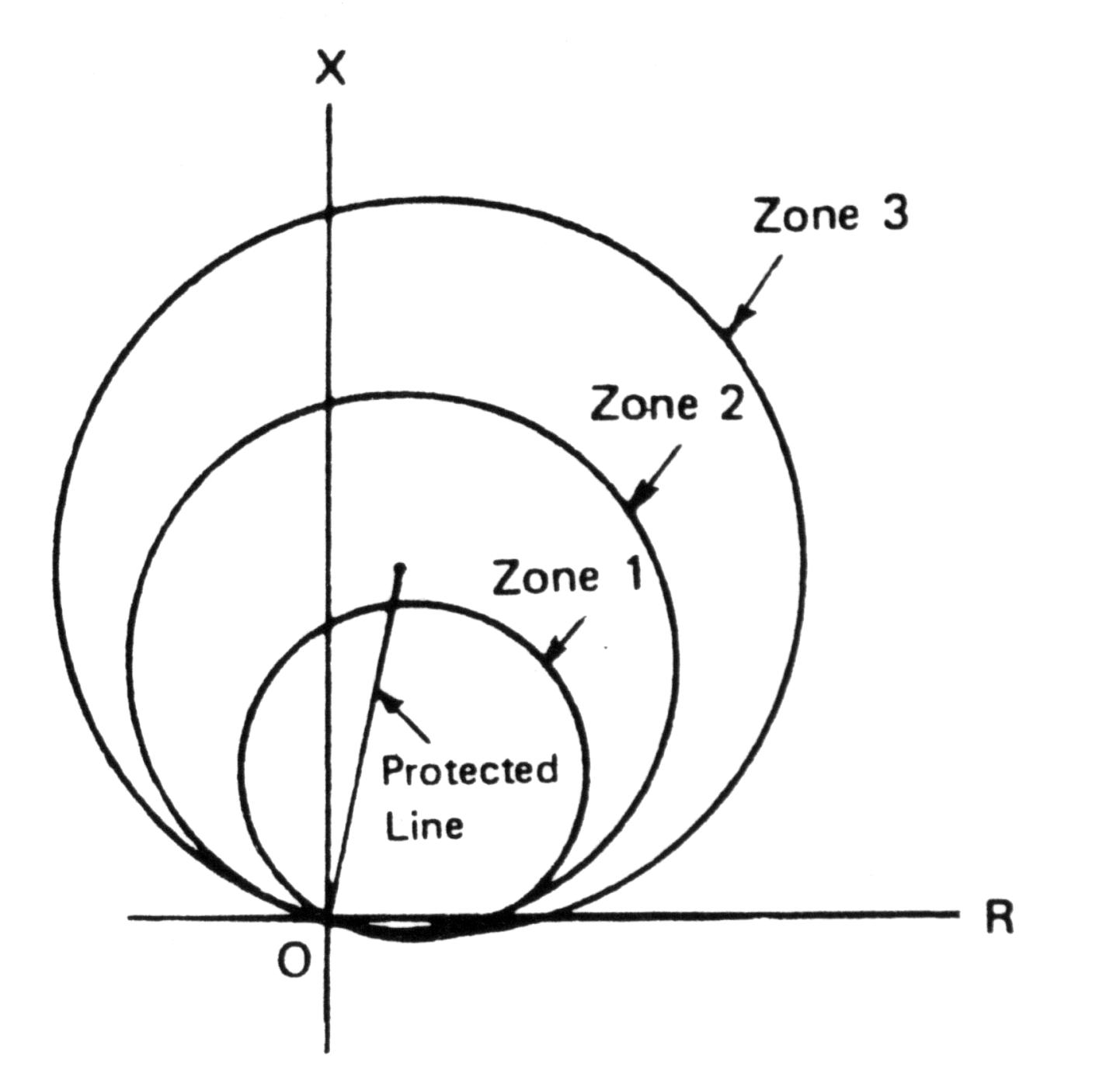 |
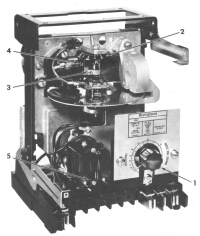 |
14 Frequency
Relays
14.1. Why is it Necessary to Control
Frequency in Electric Networks?
14.2. Charles Steinmetz - Inventor
of the Frequency Relay
14.3. Induction Frequency Relays
14.4. Resonance Relays
14.5. Electronic Frequency Relays |
15 Microprocessor-Based
Relays: Prospects and Challenges
15.1. Is It a Relay at All?
15.2. Advantages of Microprocessor-Based
Relays
15.3. Disadvantages of Microprocessor-Based
Relays
15.4. Summing Up |
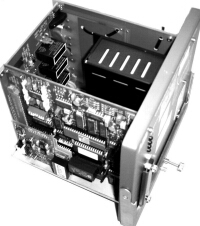 |
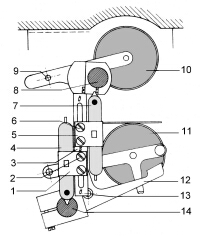
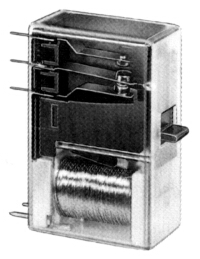 |
16 Special Types
of Relays
16.1. Polarized Relays
16.2. Latching Relays
16.3. Sequence Relays
16.4. Rotary Relays
16.5. Moving-Coil Relays
16.6. Amplifier-Driven Relays
16.7. Magneto-Hydro-Dynamic Relays
16.8. Annunciator Target Relays
16.9. Flashing-Light Relays
16.10. Buchholz Relays
16.11. Safety Relays
16.12. Ground Fault Relays
16.13. Supervision Relays
16.14. Hydraulic-Magnetic Circuit
Breakers |
Basic Relay Terms and Definitions-Glossary
References
|